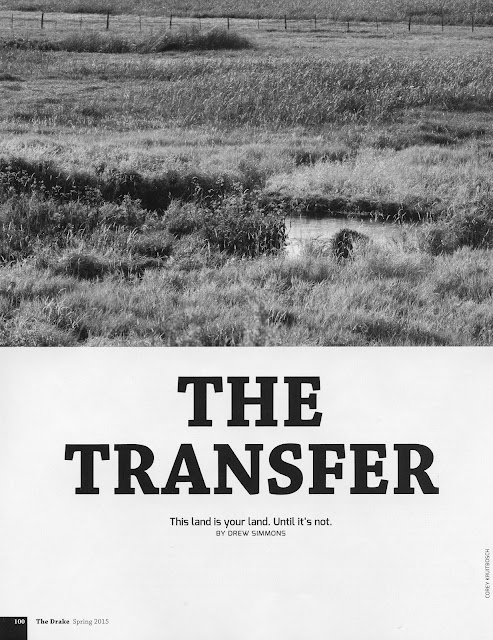The $70 solution
 They aren’t building any more dirt.
They aren’t building any more dirt. Around this place, it's known as “prime agricultural soils." This good stuff is hospitable, eager, and willing to produce. It’s got great drainage, great exposure, and a midwestern flatness.
It’s obviously valuable, in real cash dollars, because it’s the easiest place to grow things in a state that otherwise can be damn challenging. Less than obvious is the development pressure on the land … flat, dry and sunny makes a great second home lot.
Thanks to some planning, some luck, some seriously crowded farmers markets and some high profile foods tickling the palates of the East Coast metropolis within a few hours of the state’s southern border, the users of Vermont’s prime ag soils are in a bit of a sweet spot.
There are generational famers, taking the mantle from their ancestors. There are new arrivals, making a midlife change from consumer to producer. There are young kids with lofty goals. And there is demand for what they do. Lots of it.
With ideas and energy and attention, some have likened this moment in Vermont to a “Silicon Valley for farming” feeling. In that the conditions and characters are all in place. In that things just seem right. In that if it’s done right, money can made for a long time.
In recreation-dominated landscapes like the pastoral Mad River Valley, it’s easy to see plenty of prime ag soils that aren’t being farmed. And you don’t need a superspy decoder ring to realize that in 10 or 20 or even 100 years – after businesses come and go, and after a wintersport industry fades in the heat of climate change – that prime, productive soil will likely become even more valuable than it is now.
 Of course, I’m not a soil scientist or a farmer. But I did see Ben Hewitt last week.
Of course, I’m not a soil scientist or a farmer. But I did see Ben Hewitt last week.Author of "The Town that Food Saved," an extended personal debate about the pros and cons of a local agriculture economy, Ben was in Middlebury to tweak the notions of a rapt audience of community planners. Much to my delight, Ben stunned the crowd.
There were dozens of gems, but one of my favorites was a riff about sustainable farming (“You want ‘sustainable’? Climb down off your gas-powered tractor and grab a shovel.”), followed by a plea for using the word “restorative” instead. As in the idea of local agriculture restoring our production-based economy, restoring our local coffers, and restoring our sense of community.
Another head scratcher was a question, posed to the crowd (and eventually backed up and sourced by one of the event hosts) .... How much do Vermonters spend directly on local agriculture, per person, per year?
It’s gotta be a lot, right? Vermont is groovy and green and loves everything that starts with an herbi-prefix. It’s got farmer’s markets and bitchin’ cheeses and yak rodeos.
But it’s not. It’s only $35. And no, that is not a typo.
Clearly, some Vermonters spend way more than this on their annual budget of CSAs, half-hogs, artisanal cheeses and Thanksgiving turkeys. But equally obvious is the reality that there are many in the state who spend barely anything at all.
But imagine if Vermonters could just double this number … spending $70 per person, per year, on local agriculture. It’s certainly not hard to fathom, nor is it an unrealistic budget request for most rungs of the economic ladder.
If we did it, we’d double the local agriculture economy in Vermont. Double the income. Double the employment. Double the tax base. Double the motivation for actively using those prime agricultural soils.
And along the way, to steal a bit of Ben's thunder, we'd restore our community-based economies (to say nothing of our diets).


really good thank you for sharing.
ReplyDelete